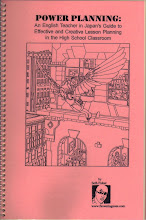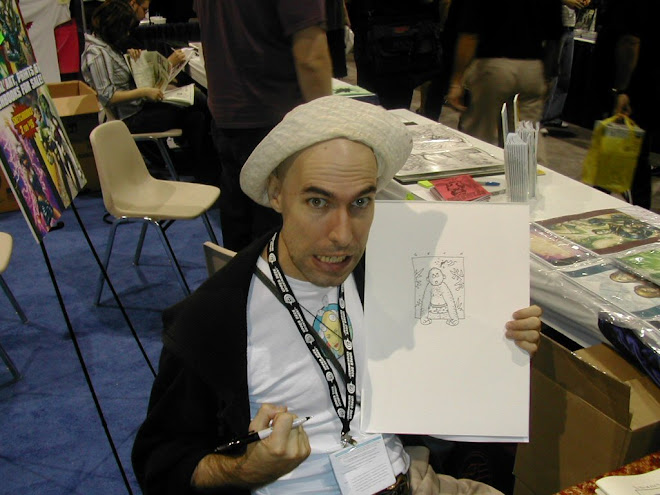 |
One of Piranesi's etchings of "carceri" (prisons) |
 |
Willworld page 15 |
Here is another comparison. The "Carceri" (Prisons) drawings of Piranesi are prisons of his imagination, places of punishment that is existential, composed of meaningless stairways that lead to who knows where, maybe back to where we were in the beginning. Why are we here? What are we supposed to learn? What are we supposed to be doing here? What is it all for?
The whole of Willworld is filled with similar questions. But this page in particular, with its staircases and elevators that go in different directions, and to incomprehensible places, shares a visual impact with the prison drawings, as well as a Kafkaesque sense of meaningless oppressiveness.
As in all of Seth's work, however, there is a light-heartedness about it that says, "Someone may have some nasty plans for you, but just take it all in stride, and it will come out fine on the other side."








